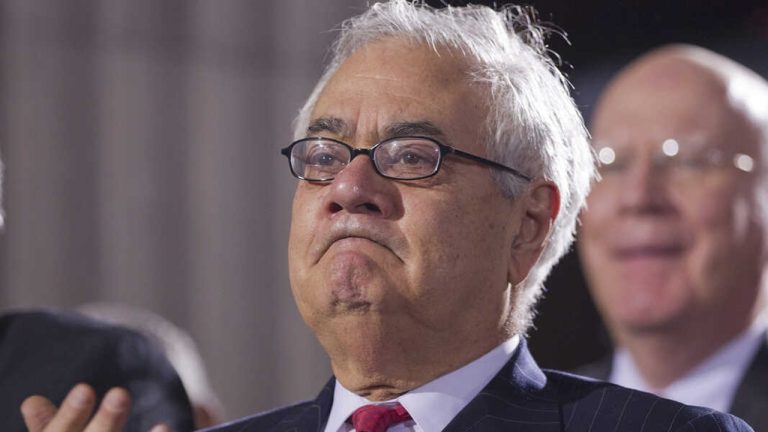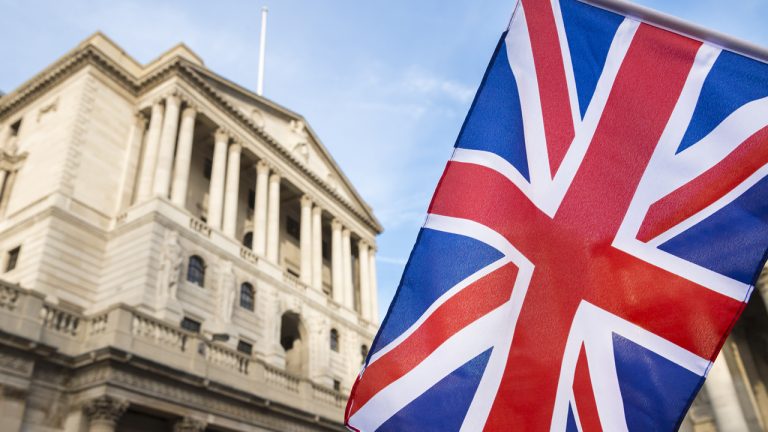
Some Twitter users posted transactions showing large inflows of MULTI and FTM to Gate.io, leading them to perceive a connection between the two organizations.
Centralized crypto exchange Gate.io denied rumors of illiquidity on May 31, stating that “there are no issues with our operations or withdrawals as rumored.” The statement comes after numerous Twitter channels had alleged that the exchange was experiencing insolvency due to an alleged connection between it and the cross-chain router protocol Multichain (MULTI).
The Gate.io team said the company's "operations are running healthy" and that it is focused on establishing an affiliated trading platform in Hong Kong called Gate.HK.
Rumors about Gate.io's insolvency erupted after a series of events relating to Multichain. On May 24, blockchain analytics firm Arkham Intelligence posted data showing large inflows of MULTI to Gate.io, which Arkham said was related to rumors of the protocol's team "allegedly being arrested in Shanghai.”
Following rumours of the @MultichainOrg team being allegedly arrested in Shanghai, some large holders of $MULTI have began moving funds.
— Arkham (@ArkhamIntel) May 24, 2023
Team wallets moving ~$3M of $MULTI to https://t.co/5ecSG3rKek have also spooked some investors, with $MULTI price falling 26.5% in 24h. pic.twitter.com/p2sQpu9Ass
On May 25, Binance suspended deposits for several bridged tokens that relied on the Multichain protocol, including bridged versions of Polkastarter (POLS), Alpaca Finance (ALPACA), and Fantom (FTM). Binance said these tokens were experiencing delayed transactions and temporarily paused deposits while seeking clarity from Multichain.
On May 31, Multichain posted a statement that its CEO was missing, adding that some of the protocol's routers no longer work because only the CEO had access to the relevant servers. The same day, some Twitter users began posting images of transactions that were allegedly large deposits of FTM from Multichain team members to Gate.io.
[] JUST IN:
— CoinSumption (@CoinSumption) May 31, 2023
There are rumors that the https://t.co/5YQLO0SsVt team has been arrested. The Multichain team has sent https://t.co/5YQLO0SsVt $10M USD in $FTM. Is this an ongoing larger-scale issue? ☠️ https://t.co/s29KYytChM pic.twitter.com/1XXbwGMoPs
Blockchain data confirms that more than $10 million of FTM was transferred from an unknown user to Gate.io on May 25-26. Cointelegraph was not able to determine the identity of the account owner performing the transaction.
Related: Gate Group launches new virtual asset trading platform in Hong Kong
After seeing multiple deposits of MULTI and Fantom to Gate.io, some Twitter users suspected that the exchange was exposed to fallout from Multichain.
The team at Gate.io has denied these rumors, stating that the exchange is processing all withdrawals and operating normally.









